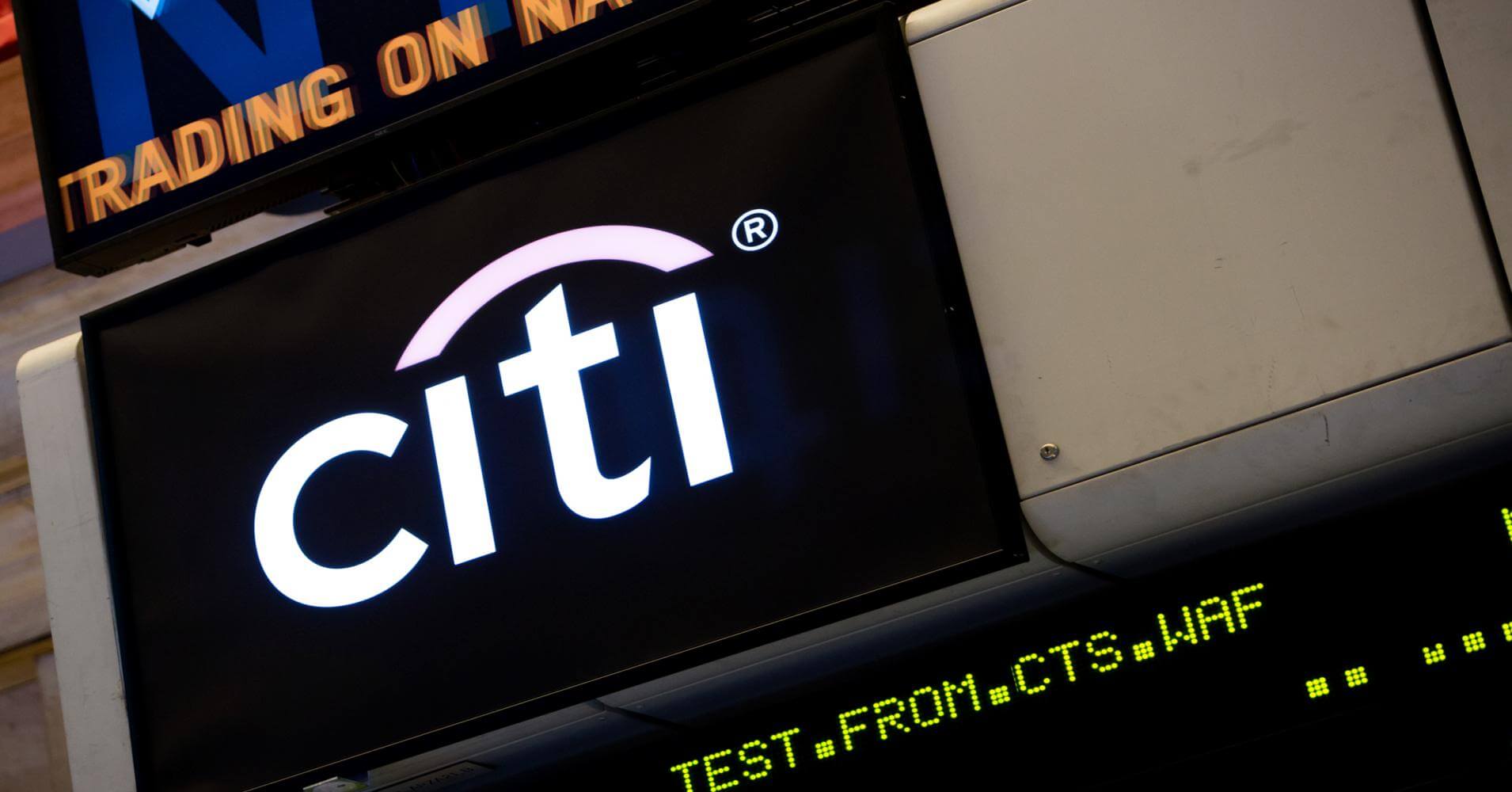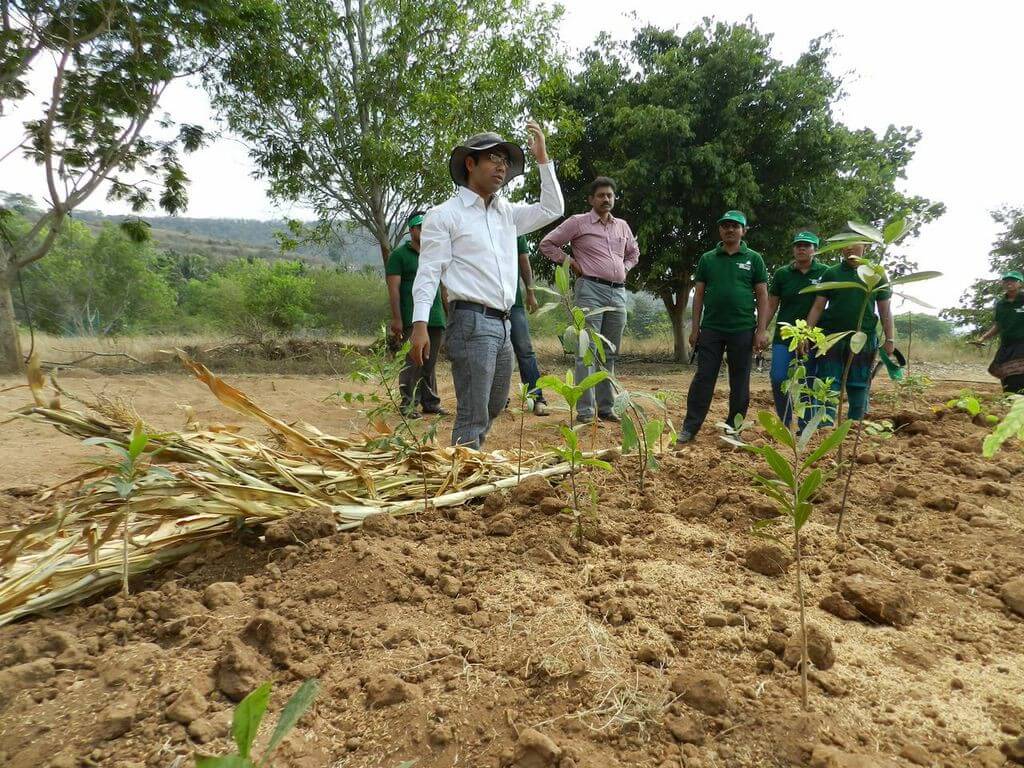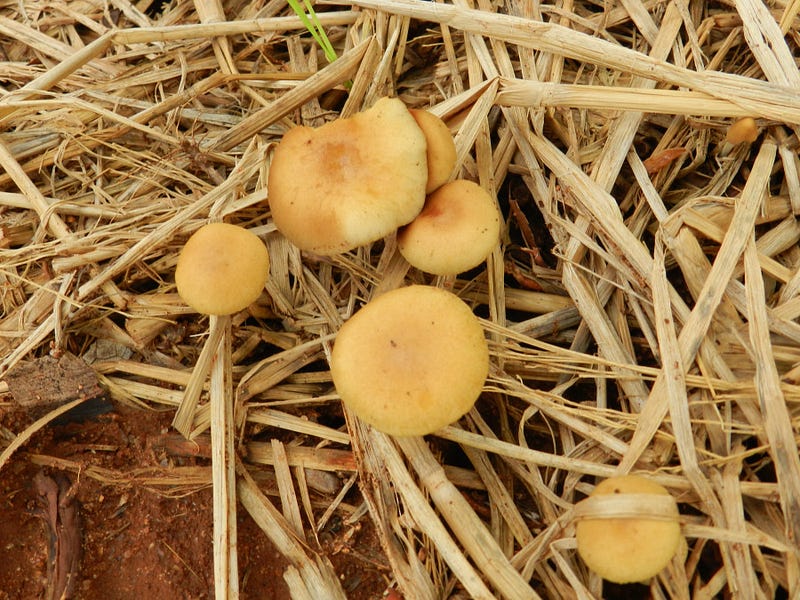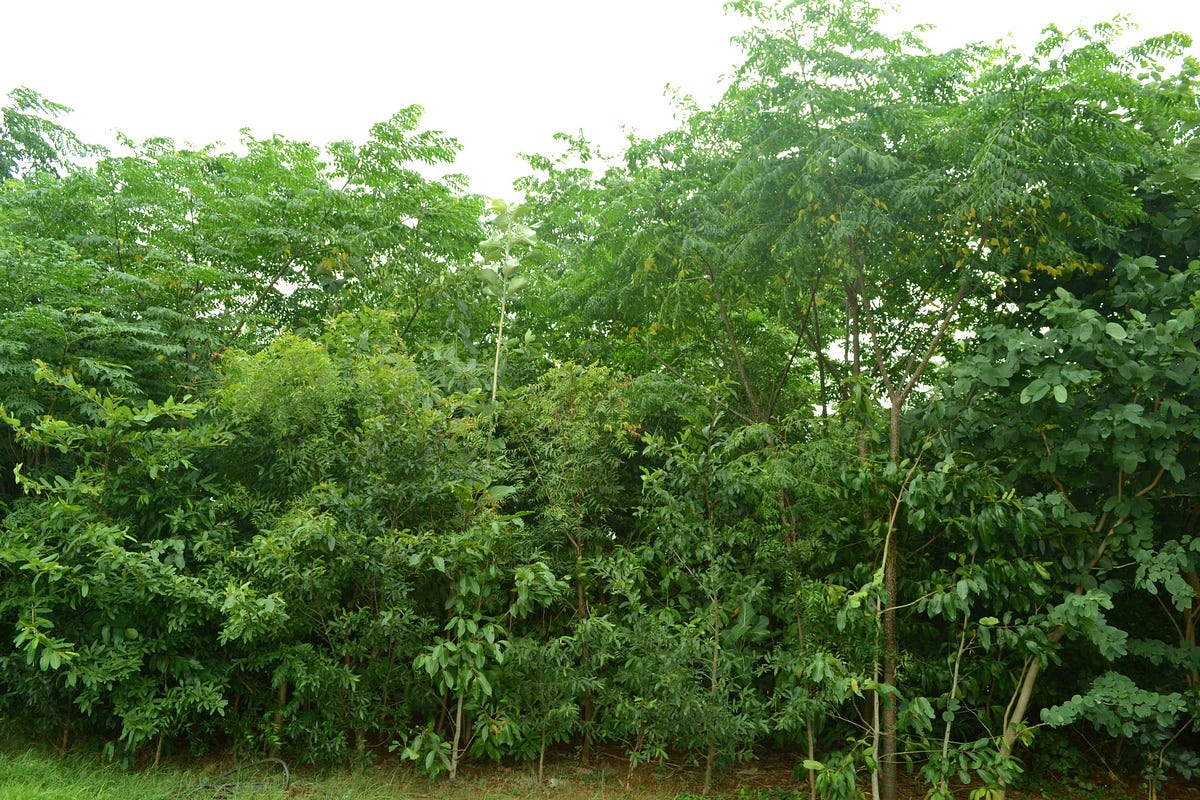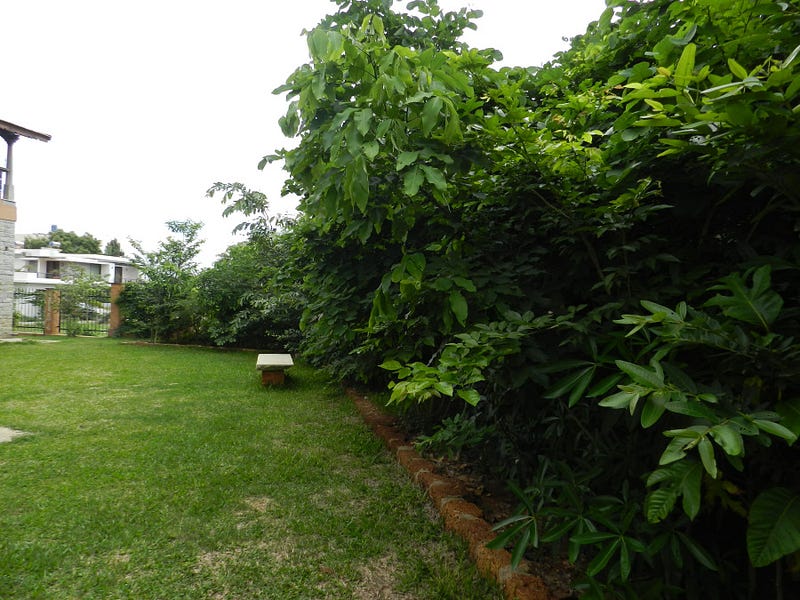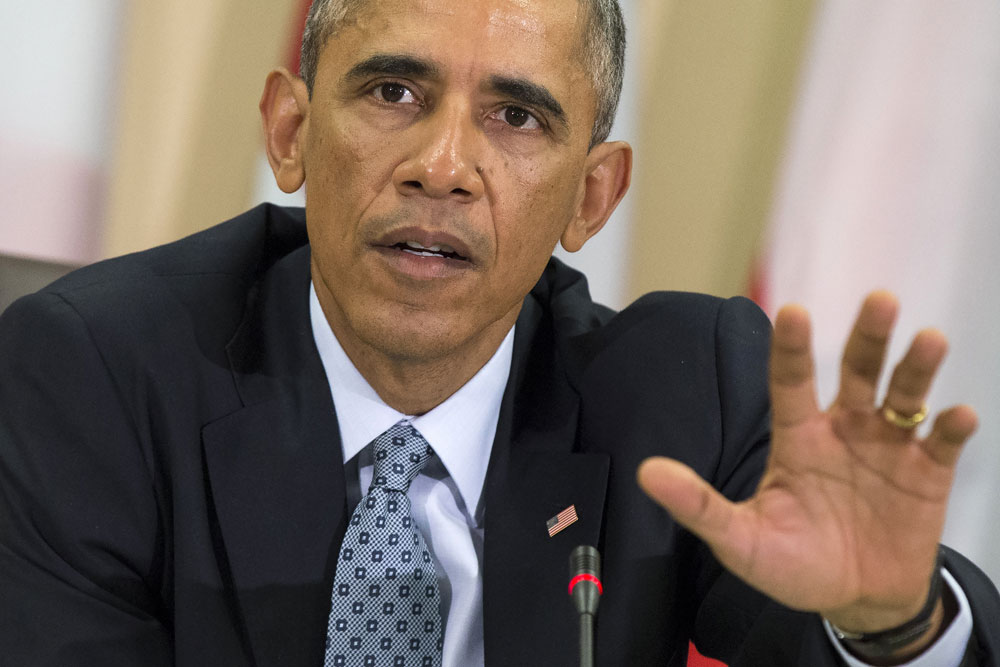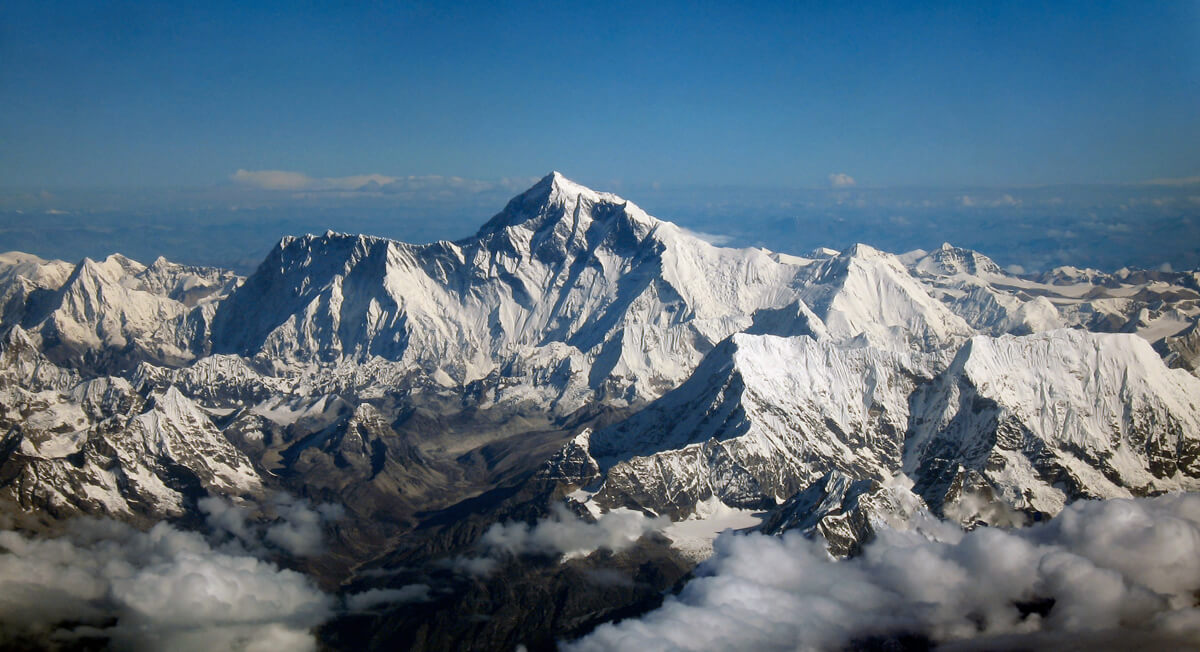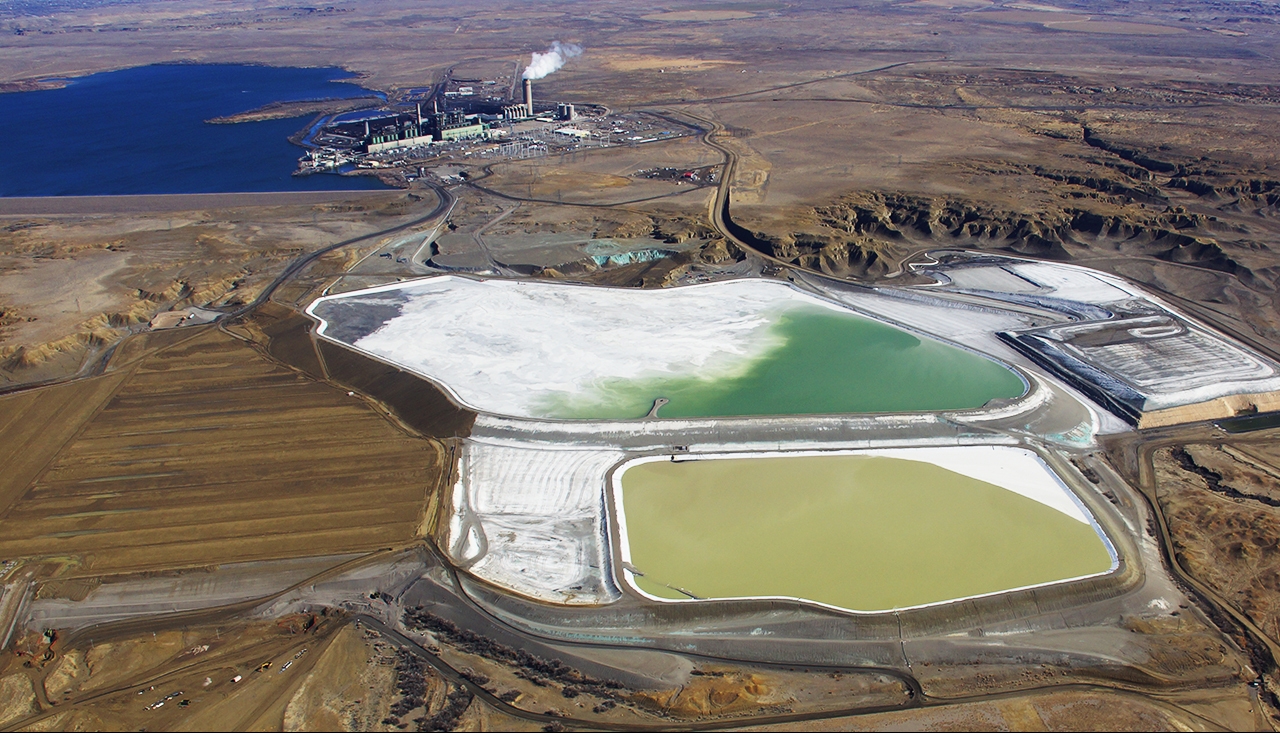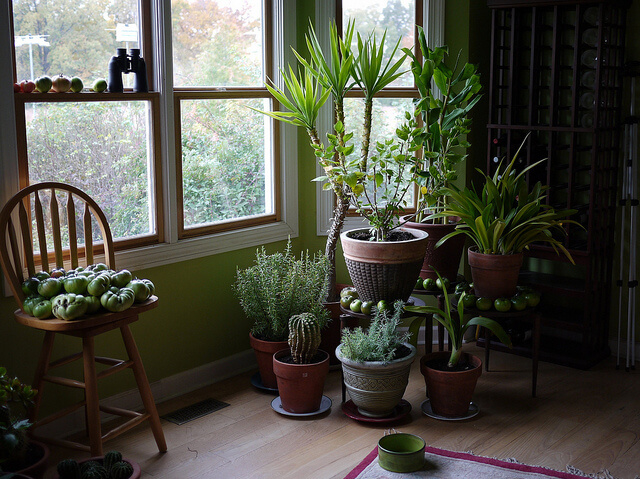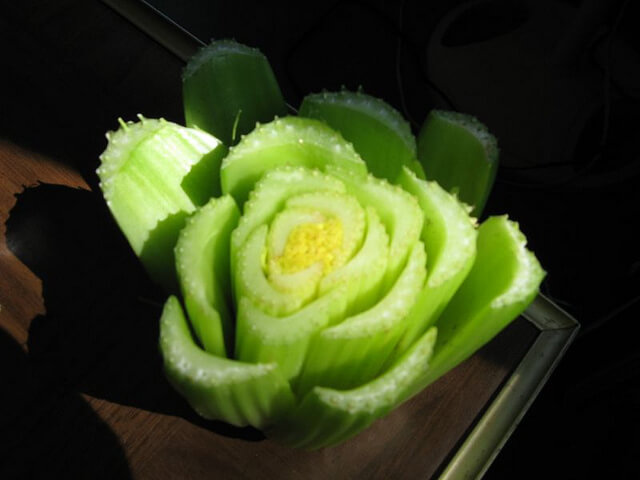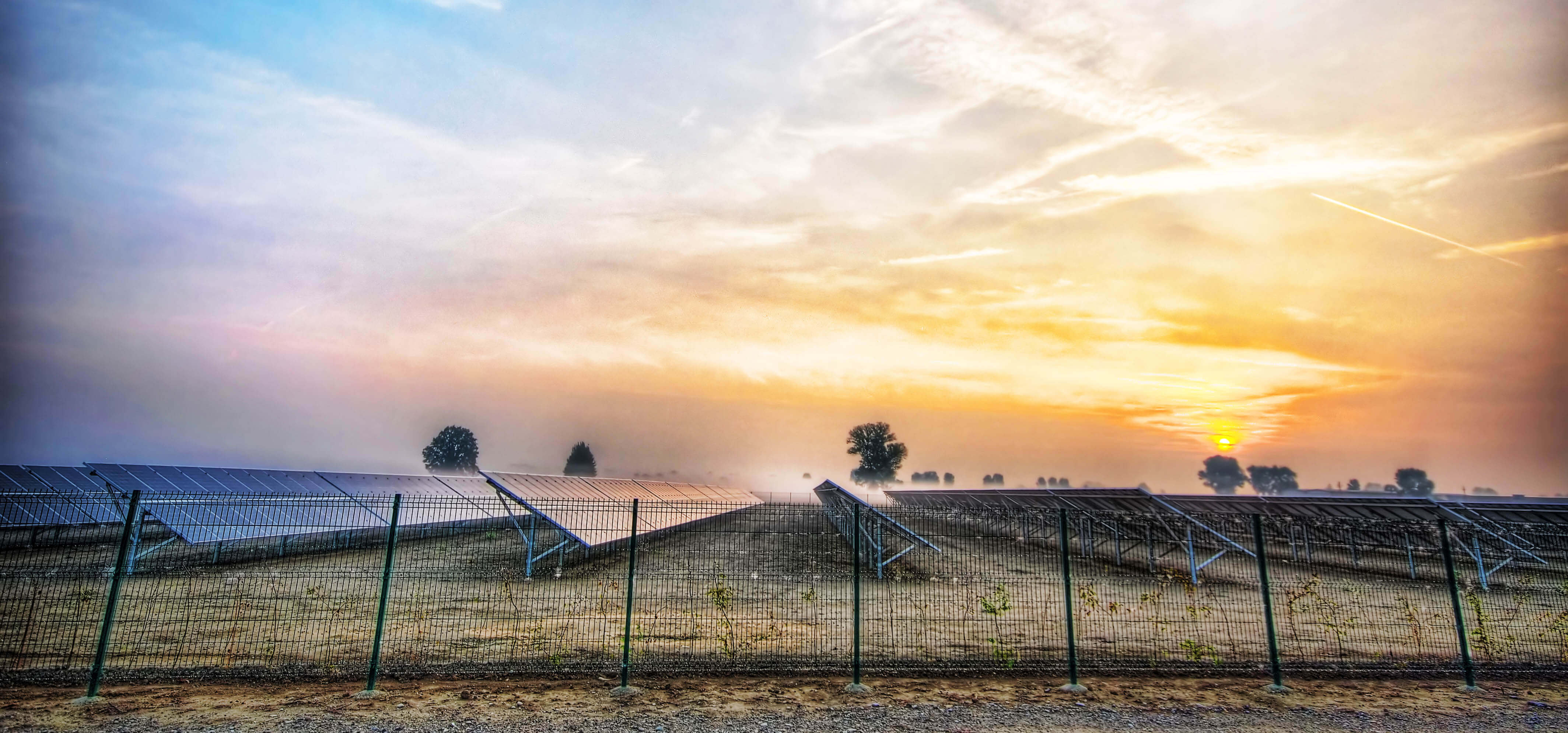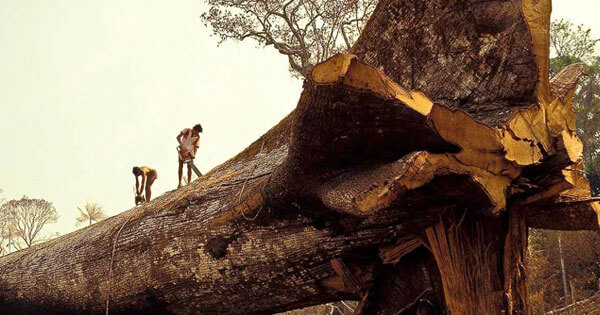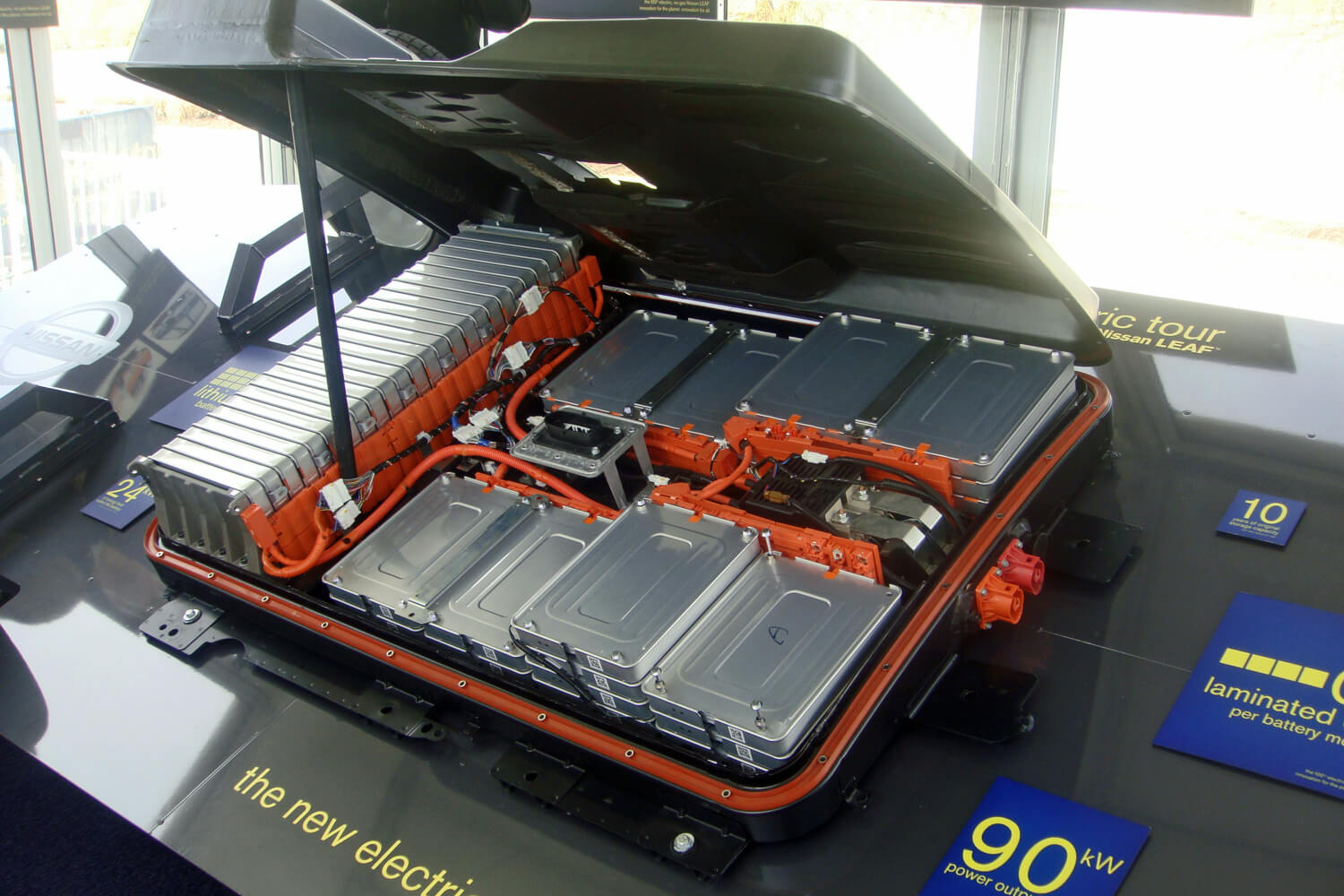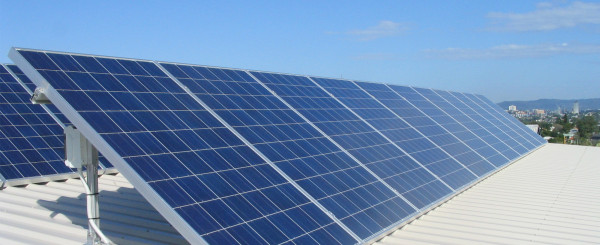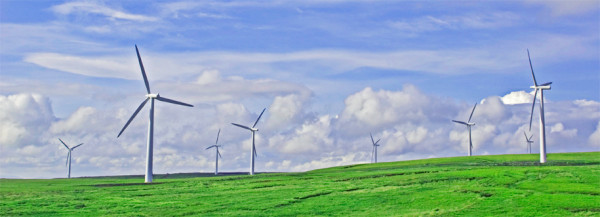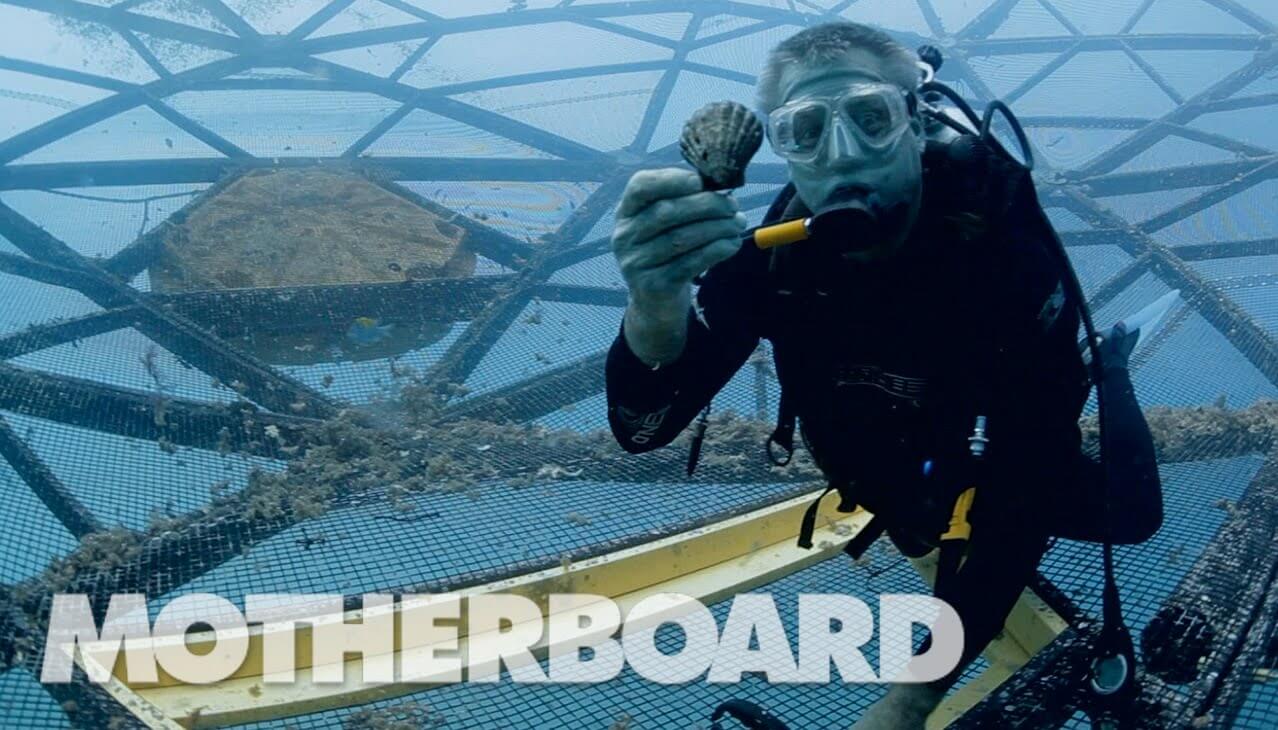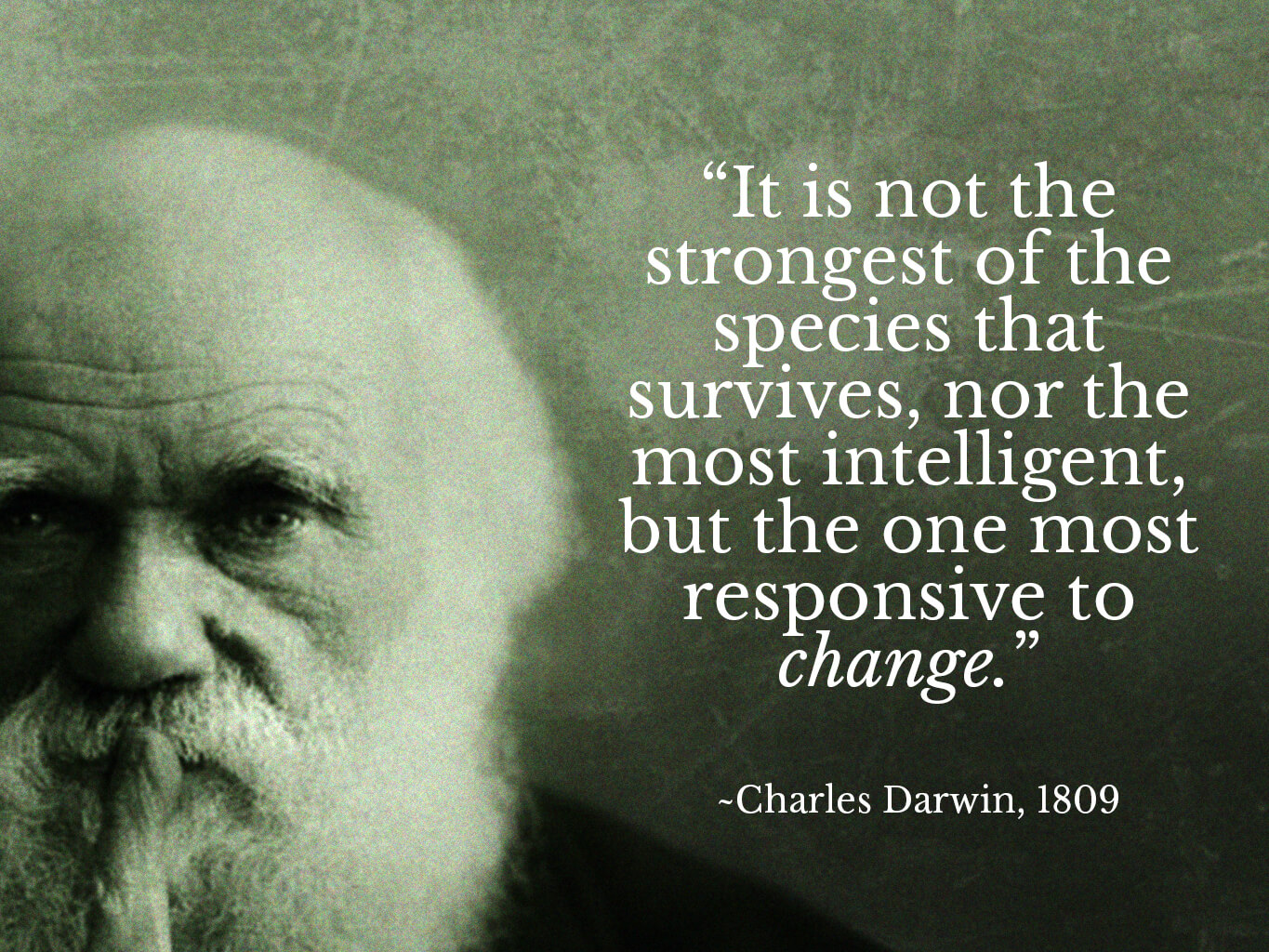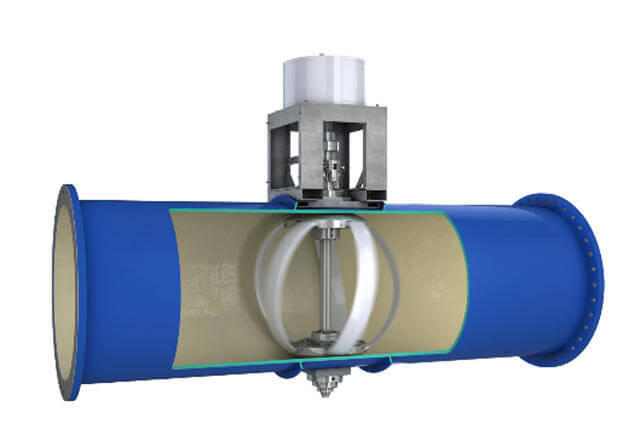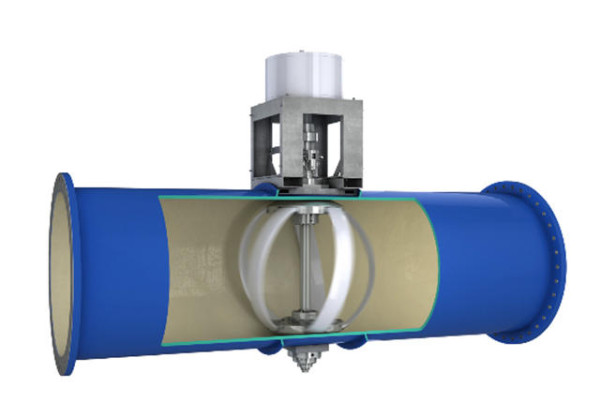After last year’s deadly avalanche on the slopes of Mount Everest, authorities in Nepal have ordered climbers to shift their route away from the scene of the snowslide.
Instead of hugging the western shoulder of the rugged Khumbu Icefall, the new path authorized by the body that regulates operations on the world’s highest peak will take climbers through the middle of the icefall. The idea is to leave climbers less exposed to the kind of avalanche that killed 16 Sherpa guides in April 2014 – a risk that could become more common as Himalayan glaciers retreat in the face of a changing climate.
The route may be more difficult for climbers, but “some things are more important,” Mohan Krishna Sapkota, a spokesman for Nepal’s Tourism Ministry, told VICE News.
“They have changed the route to make the expeditions avoid the more risky area,”
Sapkota said. “Our prime objective is to make a safer route than before.”
Tony Olejnicki, an Australian mountain guide who was on the mountain in 2014, called the decision “very sensible.” But he said it would mean bringing more equipment up the icefall, which he said is just like it sounds: “It’s like a big waterfall, if you like, of big blocks of ice.”
‘Things are changing, that’s for sure, the glacier environment, the glacier dynamics – it’s all changing.’
“If you go through the middle, you have to go across ladders,” Olejnicki told VICE News. “You need to put an aluminum ladder across the crevasses. These ladders have been brought by people, Sherpa porters, about 700 meters up from base camp.”
Last year’s avalanche effectively closed down the 2014 climbing season when surviving sherpas refused to return. It was the single deadliest day in the long history of efforts to conquer the 29,000-foot (8,800-meter) mountain, which has claimed more than 250 lives.
The Himalayan peaks of Everest and its sisters are sometimes called Asia’s water towers. The same snows that pose such a risk to mountaineers are a hydrological storehouse for the continent, but it’s been losing a bit of its stock every year.
“Things are changing, that’s for sure, the glacier environment, the glacier dynamics – it’s all changing,” Jeffrey Kargel, a University of Arizona geologist, who has conducted regular studies on the high slopes of Everest, told VICE News.
In 2014, a Chinese study found the glaciers atop Everest had shrunk by about 10 percent over the past four decades. A multinational study the year before put the figure at around 13 percent over 50 years and found the mountain’s snowline was 180 meters (585 feet) above where it had been in the early 1960s.
Glaciers have waxed and waned atop the Himalayas for centuries. But Kargel said human-induced changes in atmospheric and oceanic systems risk destabilizing those rivers of ice.
Alaska’s Iditarod sled dog race has been re-routed because there’s not enough snow. Read more here.
“You have the potential to enter into a new and unfamiliar regime of glacial hazards – a new and unfamiliar regime, so that Sherpa guides who know full well how the last decade has been might not understand what this next decade brings,” Kargel said. “It adds an additional layer of complexity to planning, and I would say that even without climate change, the ice falls and hanging glaciers are absolutely treacherous.”
There’s no way to completely avoid risks when climbing the world’s highest peaks – “But if it’s possible to skirt the most horrific hazards, that’s a good thing.”
Warmer air carries more moisture, which falls as snow in high elevations. The weight of that snow can break chunks of ice off hanging glaciers, like the one behind the 2014 disaster. And warmer temperatures and water from melting ice can combine to weaken a glacier’s grip on the underlying rock, Kargel said.
“Instead of ice being frozen to the bed, it finds itself on a slippery, wet surface and falls off,” he said.
And Olejnicki said that without the snowpack to cement it, the loose rock at the top of the mountain would leave Everest “not really climbable.”
“If you have exposed, loose rock, it’s dangerous and it’s not fun,” he said. The ice is “not necessarily safe, but you need this snow and ice cover to be able to climb up.”
Nepal can’t really afford a Sherpa boycott of Mount Everest after avalanche. Read more here.
The 2014 deaths were the last straw for some guides, who also have complained about the Nepalese bureaucracy. British Columbia-based PeakFreaks announced it was abandoning Everest in 2015, citing “drastic alterations to the weather” as well as safety concerns. In a statement posted on its website, PeakFreaks said it will concentrate on taking climbers to other mountains “free from thorny politics, crumbling glaciers, and looming ice-falls.”
And Olejnicki, who led climbers up Everest for five seasons before the disaster, said he was turning his attention to other peaks as well. The Sherpa deaths were “very upsetting,” he said, but the business of reaching the roof of the world was getting to be a grind. It’s a grueling, weeks-long trek, “But for me as a climber, it’s boring,” he said.
“Sometimes people who’ve been doing something over and over again, it all becomes the same,” he said.
But for many like Kargel, whose work has taken him about two-thirds of the way up the mountain, “There are no words” to describe Everest.
“Whenever I get above the treeline, it’s special like coral reefs are special and tropical rain forests are special,” Kargel told VICE News. “The tundra above the treeline is so beautiful. The wildlife, the flora and fauna, which are so exquisitely adapted to that range of condition, it’s just breathtaking.”
Follow Matt Smith on Twitter: @mattsmithatl


